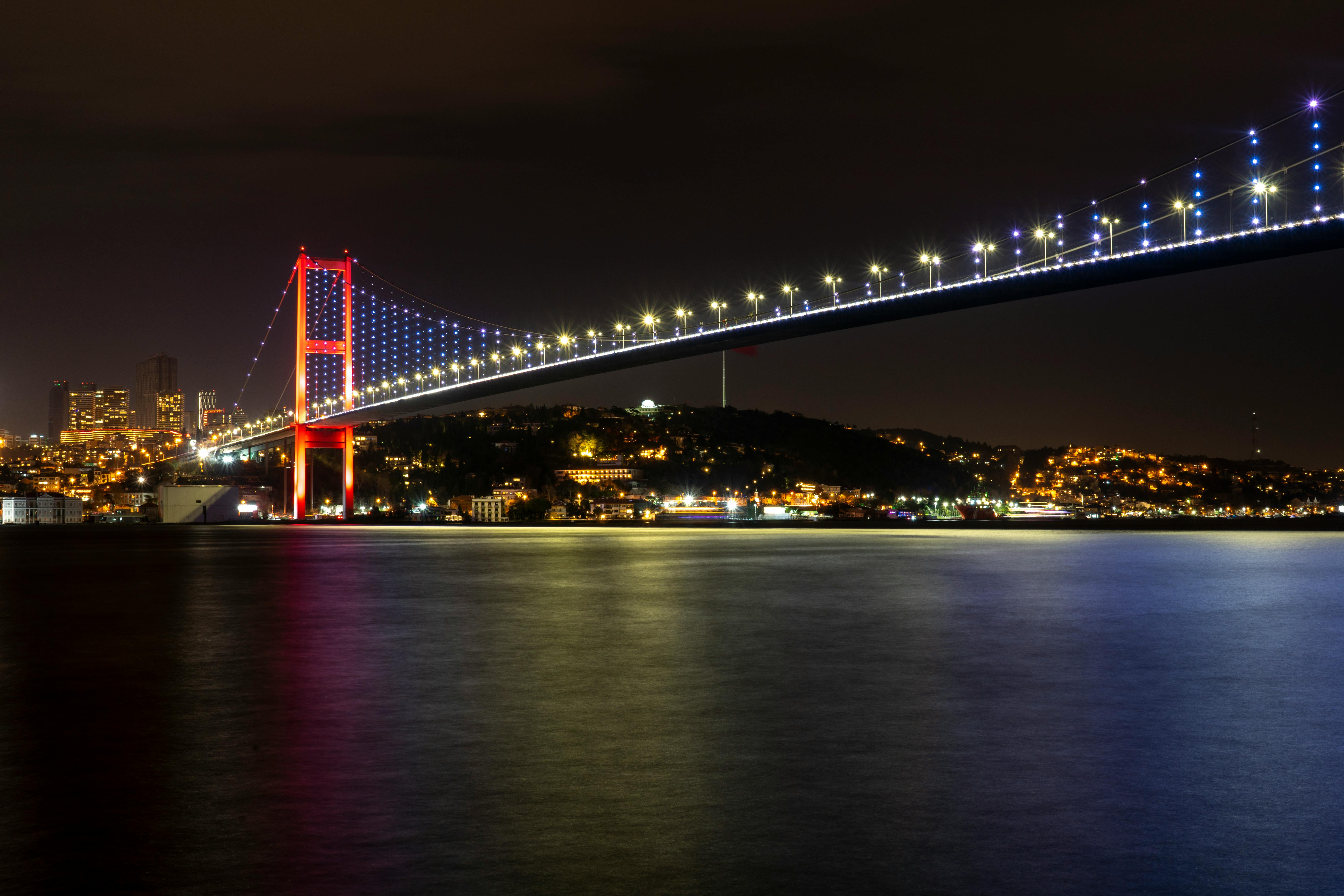Discovering the Unseen: The Rise of Dark Tourism
Tourism is a fascinating, ever-evolving industry, and one of its most intriguing trends is the rise of dark tourism. This article will explore this multifaceted trend, delving into its historical context, current developments, and practical implications for travelers.

What is Dark Tourism?
Dark tourism is the practice of visiting locations associated with death, suffering, and the gruesome aspects of human history. From the catacombs of Paris to the Auschwitz concentration camp, these destinations offer a glimpse into the darker side of our past. Dark tourism emerged as a distinct trend in the late 20th century, but its roots can be traced back to medieval pilgrimages to sites of martyrdom and tragic historical events.
The Curiosity Factor: Why Dark Tourism?
In our sanitized, comfortable lives, the allure of dark tourism lies in its ability to shock, horrify, and intrigue. It offers an opportunity to explore our collective past, the human capacity for cruelty, and our individual responses to death and suffering. Some experts argue that dark tourism can foster empathy and heighten awareness of historical atrocities, potentially contributing to a more compassionate society.
The Dark Side of Dark Tourism
However, dark tourism is not without its ethical challenges. Critics argue that it can commodify suffering, disrespect the memory of victims, and exploit local communities. Additionally, there’s the question of how to manage crowds, preserve sensitive sites, and ensure that visitors behave responsibly. These issues require thoughtful solutions, from stricter regulations to education and awareness campaigns.
The Impact on Travelers
For travelers, dark tourism can be a deeply emotional experience. It can provoke reflection, instigate difficult conversations, and even inspire activism. Moreover, it can contribute to a more nuanced understanding of history, culture, and the human condition. However, it’s essential to approach these sites with respect and sensitivity, recognizing their profound significance.
Dark Tourism in Practice
- Chernobyl, Ukraine: The site of the world’s worst nuclear disaster, Chernobyl, is now a popular tourist attraction. Visitors can explore the abandoned city of Pripyat and learn about the tragic events of 1986.
- Ground Zero, USA: The 9/11 Memorial and Museum in New York City serves as a powerful reminder of the terrorist attacks that claimed nearly 3,000 lives. It offers a sobering look into the events of that day and its aftermath.
- Killing Fields, Cambodia: The Killing Fields are a chilling testament to the atrocities committed by the Khmer Rouge regime. A visit here provides a stark insight into one of the darkest chapters in human history.
In conclusion, dark tourism represents a complex intersection of history, emotion, and ethical considerations. It offers a unique perspective on our past and present, challenging us to confront uncomfortable truths and consider our collective responsibility towards history. As this trend continues to evolve, it underscores the need for informed, respectful engagement with the darker aspects of human experience.




